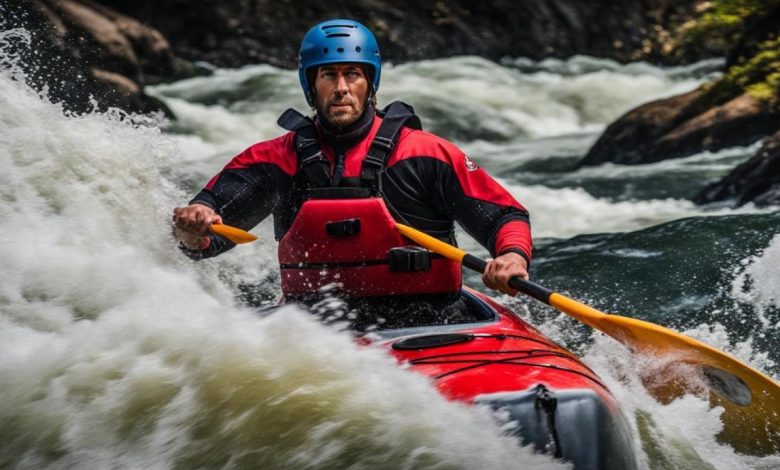Mastering the Roll: Essential Technique for Whitewater Kayakers

Mastering the Roll: Essential Technique for Whitewater Kayakers
Why is a solid roll technique important for whitewater kayakers?
FAQs:
1. What is a roll technique in whitewater kayaking?
A roll technique in whitewater kayaking refers to the skill of righting yourself and your kayak after capsizing. By mastering this technique, kayakers can quickly recover from an accidental flip and continue paddling downstream without the need for assistance.
2. Why is it important to master the roll in whitewater kayaking?
Mastering the roll is crucial for several reasons:
– Safety: A solid roll technique enables kayakers to regain control and avoid potentially dangerous situations when navigating turbulent rapids.
– Efficiency: By swiftly recovering from a roll, kayakers can maintain their momentum and avoid wasting time and energy in getting back into their kayak.
– Confidence: Having a reliable roll technique boosts kayakers’ confidence, allowing them to challenge themselves with more challenging whitewater environments.
3. What are the key components of a successful roll?
Several elements contribute to a successful roll technique:
– Body Positioning: Maintaining a relaxed posture, positioning your body forward, and engaging your core muscles for stability.
– Paddle Placement: Properly positioning the paddle blade to maximize leverage and leverage your body movements effectively.
– Hip Snap: Utilizing a quick and forceful hip snap to generate the necessary rotational force to right the kayak.
– Breath Control: Timing your breath to exhale as you initiate the roll, as this helps keep you relaxed and enhances body control.
How to master your roll technique
Step 1: Learn the basics in calm waters
Start by practicing the roll technique in calm and controlled environments like a pool, lake, or flatwater river section. This allows you to focus solely on mastering the necessary movements without the added challenge of swift currents or obstacles.
Step 2: Seek professional guidance
Consider taking a whitewater kayaking class or hiring a certified instructor. They can provide hands-on guidance, individually tailored feedback, and essential safety tips that can accelerate your learning process.
Step 3: Break down the roll
Understand the roll technique by breaking it down into manageable stages:
– The setup: Properly position your body and paddle as described earlier.
– Initiation: Initiate the hip snap while taking a strong paddle stroke, submerging your paddle blade and leveraging your body’s rotation.
– Recovery: Use your core strength to bring yourself back to an upright position while keeping your head and chest aligned.
Step 4: Practice, practice, practice
Consistent practice is the key to mastering your roll. Spend regular sessions refining your technique, gradually introducing more challenging conditions as you gain confidence and proficiency.
Troubleshooting common roll technique errors
FAQs:
1. Why am I having difficulty initiating the hip snap?
Difficulty initiating the hip snap could be due to inadequate paddle placement or lack of core engagement. Practice proper paddle positioning and focus on generating power from your core muscles.
2. Are there any alternatives to the standard roll technique?
Yes, there are alternative roll techniques like the C-to-C (Chest to Chest) and Sweep rolls. These techniques require different body movements and can be effective alternatives for individuals who struggle with the standard roll.
3. How long does it take to master the roll?
The time required to master the roll technique varies depending on individual abilities, practice consistency, and previous paddling experience. With dedication and regular practice, many kayakers can achieve a reliable roll within a few weeks to a few months.
In summary
Mastering the roll is an essential technique for whitewater kayakers that contributes to safety, efficiency, and confidence on the water. By following the steps outlined above and consistently practicing, you can develop a reliable roll and enhance your overall whitewater kayaking skills. Remember, seeking professional guidance and taking your time to learn and troubleshoot any errors will ultimately help you become a stronger, more confident kayaker.



